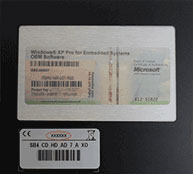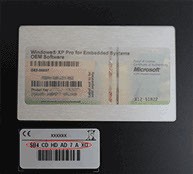Touch screen technology has been in use for quite some time and the range of devices that operate with it broadens. Mobile devices are some of the biggest beneficiaries of touch screen technologies with smartphones and tablets making use of the best systems. Touch screens are also available in larger panels such as point-of-sale systems in retail stores. Automation of most industrial processes has also increased the use of touch screen panels. Interactive display systems like those in shopping malls, gaming machines, and amusement arcades also benefit from touch screen technology.
Projected Capacitance
Projected capacitive touchscreen technology uses multiple electrodes to detect changes in electrical currents. There is also an incorporation of an IC chip that handles the computation in a particular device. With projected capacitance, a device is usually covered with glass or plastic, offering more durability. The fact that projective capacitance has electrodes all over the surface means there is no need for bezel edges on a device, making it more resistance to harsh weather.
IR Touch Overlays
In infrared touch ethnology, the functioning of IR touch overlays is slightly different. IR overlays depend on the transmission of light across the surface of a device. Location detection occurs when a stylus or finger touches the surface and interrupts the light transmission. This technology offers excellent light transmission but has a lower resolution compared to projective capacitance. The use of IR overlays necessitates a larger frame, which makes it unsuitable for smaller screens, unlike projected capacitance. IR overlays don’t do so well with contaminants, unlike projected capacitance.
Infrared and Capacitive Technologies
Understanding the distinction between various touch screen technologies allows selections of the most suitable one. Projected capacitance has better accuracy in its touch screen operations. Surface capacitance is suitable for larger devices and so is infrared. Infrared touch is appropriate for systems that can’t rely on a conductor to initiate a touch function. Without patterning of the glass surface like in surface capacitance, infrared offers better optical clarity. Both capacitive and infrared touch has high resistance to moisture, making them suitable for particular industrial applications.
Source:
The Use of Touch-screens in Industrial Applications, ECNmag.com


